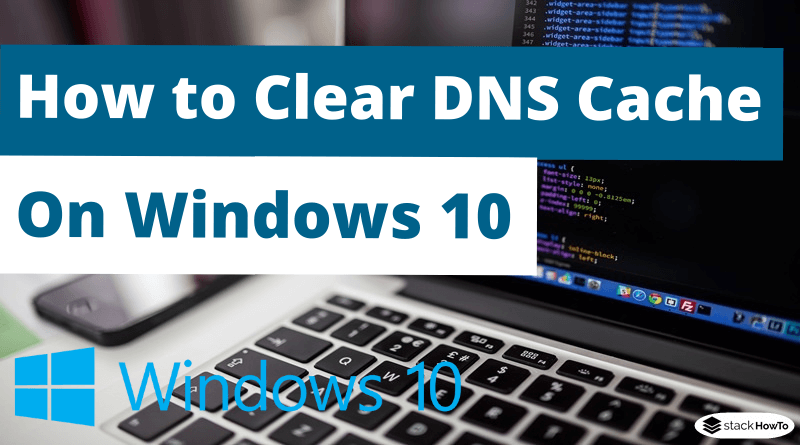

The Prefetch folder makes the programs start faster thanks to the Windows caching mechanism.īy default, the Prefetch folder is self-maintaining. Prefetch is a system folder that caches the files related to the programs you launch or run on a daily basis. Just delete what you can in the temp folder and close File Explorer. If any files are in use, Windows cannot delete them.
If you see a warning message, click “ Yes” or “ Continue“.Īs soon as you confirm the action, the Windows temp files are cleared. Select all the files and folder and press “ Delete“. After opening the Run window, type “ temp” and click “ Ok“. Deleting the files in that folder will clear Windows temp cache. Ignore the files/folders you cannot delete and proceed with the rest.Īlong with the Local Temp folder, you can also find another temp folder in the main Windows folder. If some files are in use, Windows will not delete them and shows an error message. Note: If you see a warning message or admin prompt, press “ Yes” or “ Continue“.Īs soon as you press the Del button, Windows will delete all the local temp files and folders. Press the “ Delete” key on your keyboard to delete all those files and folders.  Select all the folders and files in the temp folder with “ Ctrl + A” keybinding. Type “ %temp%” in the address bar and press Enter. First, open the Windows File Explorer with “ Win + E” keybinding. All you have to do is just delete the files from the temp folder. You can easily clear them as and when needed. Windows stores a lot of cache files in the Local Temp folder. First, Clear Local Temp Cache (%temp% folder) First, Clear Local Temp Cache (%temp% folder). Since Windows has several different caches, follow the steps shown below one after the other to clear all cache in Windows 10. The cache remembers parts of pages, like images, to help them open faster during your next visit.No matter the reason, if you think the Windows cache is causing unnecessary problems, you can clear it pretty easily. They make your online experience easier by saving browsing data. Cookies are files created by sites you visit. Some sites can seem slower because content, like images, needs to load again. If you turn sync on in Chrome, you’ll stay signed into the Google Account you’re syncing to in order to delete your data across all your devices. For example, if you were signed in, you’ll need to sign in again. If you use Safari, Firefox, or another browser, check its support site for instructions. For example, you can delete cookies for a specific site. Learn how to change more cookie settings in Chrome.
Select all the folders and files in the temp folder with “ Ctrl + A” keybinding. Type “ %temp%” in the address bar and press Enter. First, open the Windows File Explorer with “ Win + E” keybinding. All you have to do is just delete the files from the temp folder. You can easily clear them as and when needed. Windows stores a lot of cache files in the Local Temp folder. First, Clear Local Temp Cache (%temp% folder) First, Clear Local Temp Cache (%temp% folder). Since Windows has several different caches, follow the steps shown below one after the other to clear all cache in Windows 10. The cache remembers parts of pages, like images, to help them open faster during your next visit.No matter the reason, if you think the Windows cache is causing unnecessary problems, you can clear it pretty easily. They make your online experience easier by saving browsing data. Cookies are files created by sites you visit. Some sites can seem slower because content, like images, needs to load again. If you turn sync on in Chrome, you’ll stay signed into the Google Account you’re syncing to in order to delete your data across all your devices. For example, if you were signed in, you’ll need to sign in again. If you use Safari, Firefox, or another browser, check its support site for instructions. For example, you can delete cookies for a specific site. Learn how to change more cookie settings in Chrome.  Next to "Cookies and other site data" and "Cached images and files," check the boxes. Clearing them fixes certain problems, like loading or formatting issues on sites. When you use a browser, like Chrome, it saves some information from websites in its cache and cookies.
Next to "Cookies and other site data" and "Cached images and files," check the boxes. Clearing them fixes certain problems, like loading or formatting issues on sites. When you use a browser, like Chrome, it saves some information from websites in its cache and cookies.







 0 kommentar(er)
0 kommentar(er)
